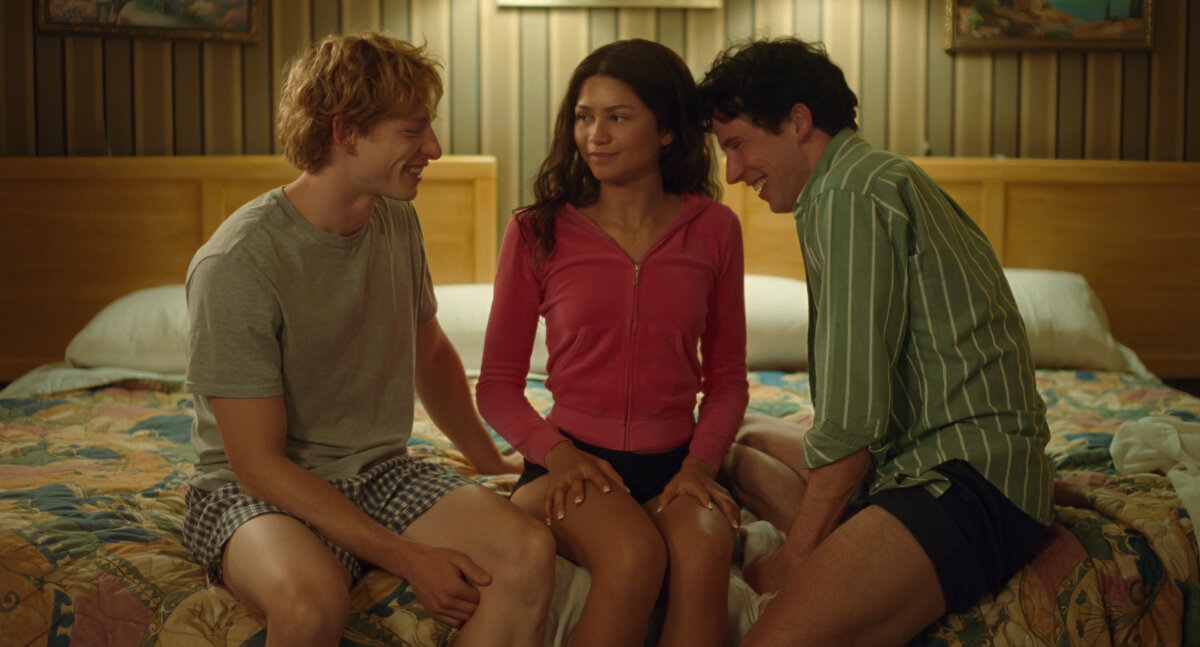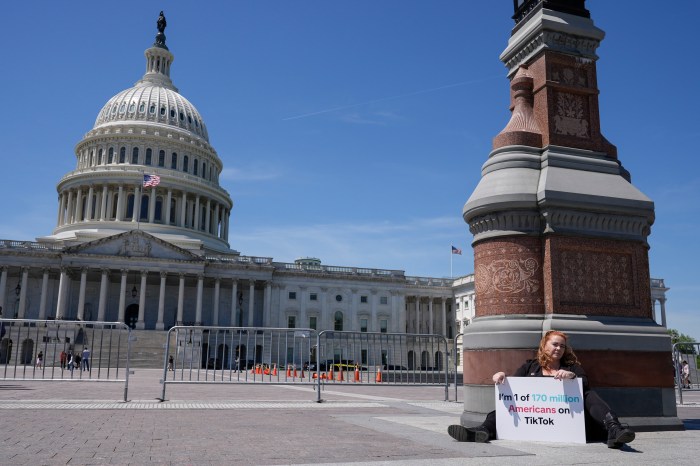
Experimental art film enthusiasts may as well Czech-in to BAM full time from Wednesday through April 18.
The Anarchic Cinema of Věra Chytilová is the most extensive retrospective dedicated to the innovative, avant-garde Czech director in a generation. Many of these titles (11 features, three shorts, three films from new directors which bear her influence plus one biographical documentary) are rarely shown in New York. Almost none are available on streaming services. This is your shot.
Chytilová died five years ago at the age of 85, and worked as a fashion model before attending film school in Prague. Her years on the runway inspired her stylish 1962 student short, “Ceiling,” which, collected with two later shorts, is one of the more dazzling nights of BAM’s programming.
World cinema buffs best know Chytilová for her 1966 sensation “Daisies,” arguably the weirdest entry in the Czech New Wave. While defiant and angry in message, it is still exuberant and playful in tone.

Though light on plot “Daisies” follows (and, in a way, conspires with) two young women who, announcing that the world is “spoiled,” decide to behave accordingly. Our two pixieish heroines commence freaking out the squares (mainly old men) with chaotic choreography and slapstick.
“Daisies” was banned on the odd grounds of it wasting too much food. Many images indeed show food of a certain shape, like pickles and bananas, getting sliced up, so one wonders if the censors were actually punishing this provocative female filmmaker for other reasons.
Chytilová’s follow-up, “Fruit of Paradise” (1970), is less giddy but even more adventuresome in its mix of film stocks, filters, nature imagery and jump-cut techniques. Story-wise it is a very loose adaptation of tale of Adam and Eve, but on the surface it is a mesmerizing whirl of color (casting a lustful eye on plump produce.)
Increased Soviet influence in Czech culture forced Chytilová out of the director’s chair for close to a decade, and while her later work is somewhat more traditional — meaning there’s actually a plot — her style never fully mellowed.
“The Very Late Afternoon of a Faun” (1983) is a fascinating portrait of a middle-aged government employee whose main purpose in life, wooing women, is increasingly out of reach. Chytilová roves the streets, bachelor pads and rooftop bars of Prague with this aging lech and the results are riveting.

“Wolf’s Hole” (1987) is a horror film shot at a remote ski school. The story is straightforward enough to allow Chytilová’s camera to go insane with zooms and whip-pan energy as teens romp around screaming in the snow. It is highly recommended.
Her final film, “Pleasant Moments” (2006), about a middle-aged therapist and her nutty patients, is, by Chytilová standards, almost a regular movie. One could see a remake with Natasha Lyonne in a few years.
But first you’d need to see the original. And the only chance you’ll get this decade is at BAM.
The Anarchic Cinema of Věra Chytilová runs Wednesday through April 18 at BAM Rose Cinemas, 30 Lafayette Ave., Fort Greene, bam.org

















